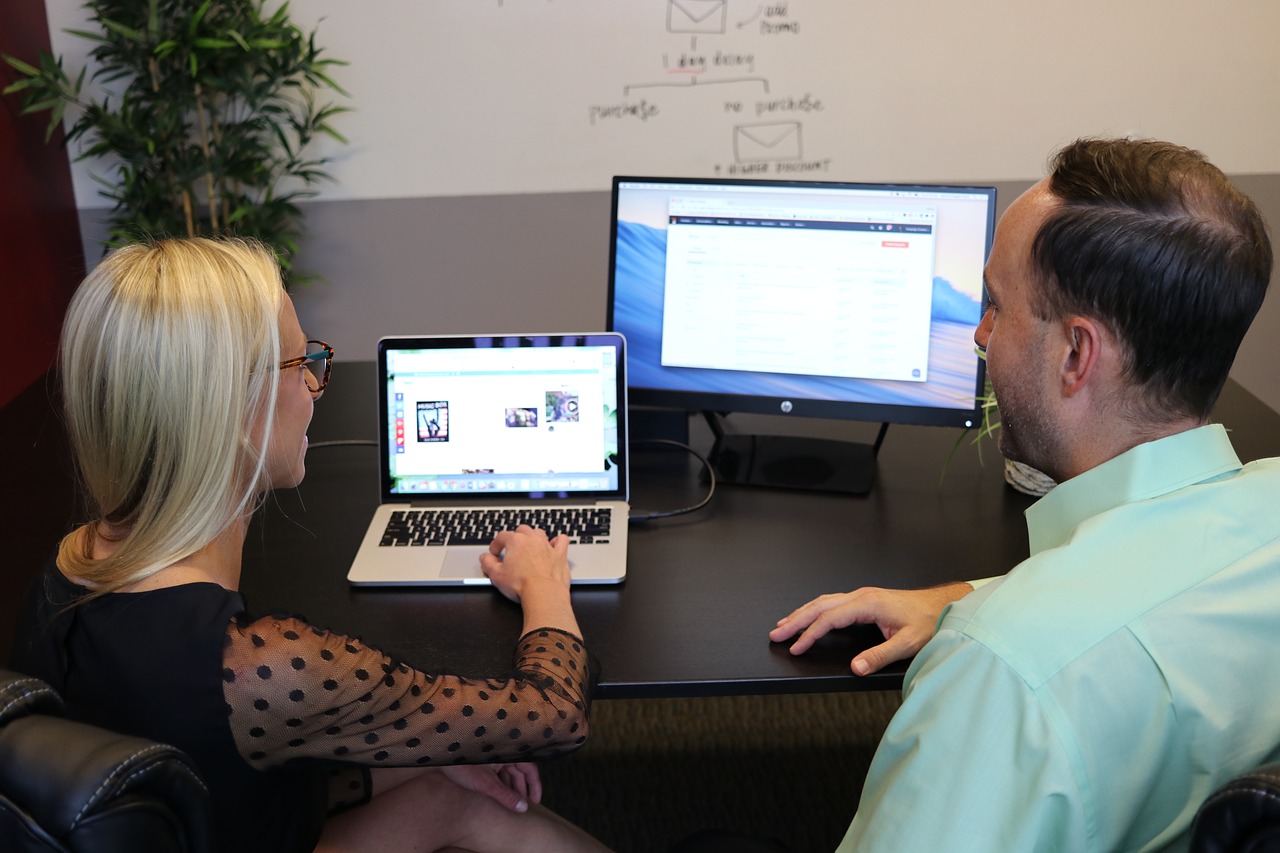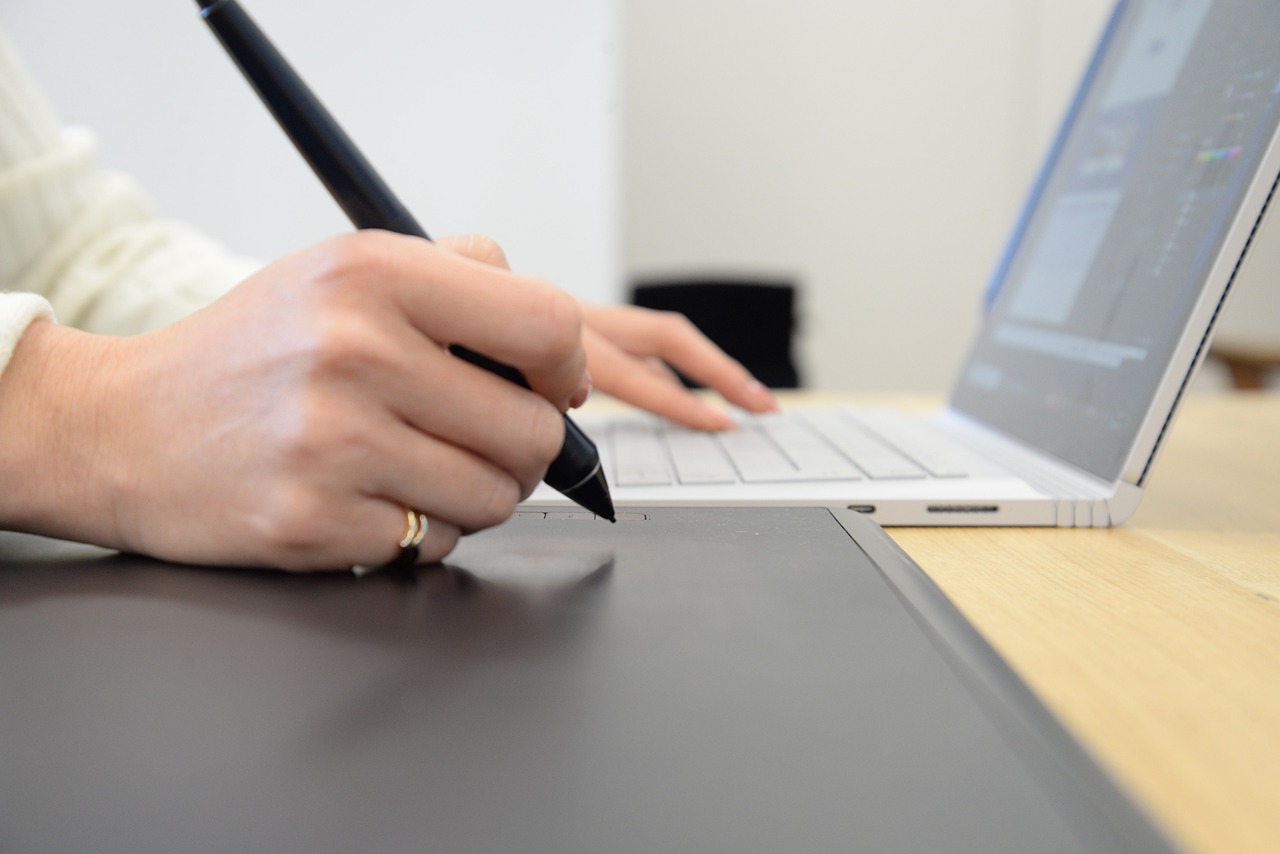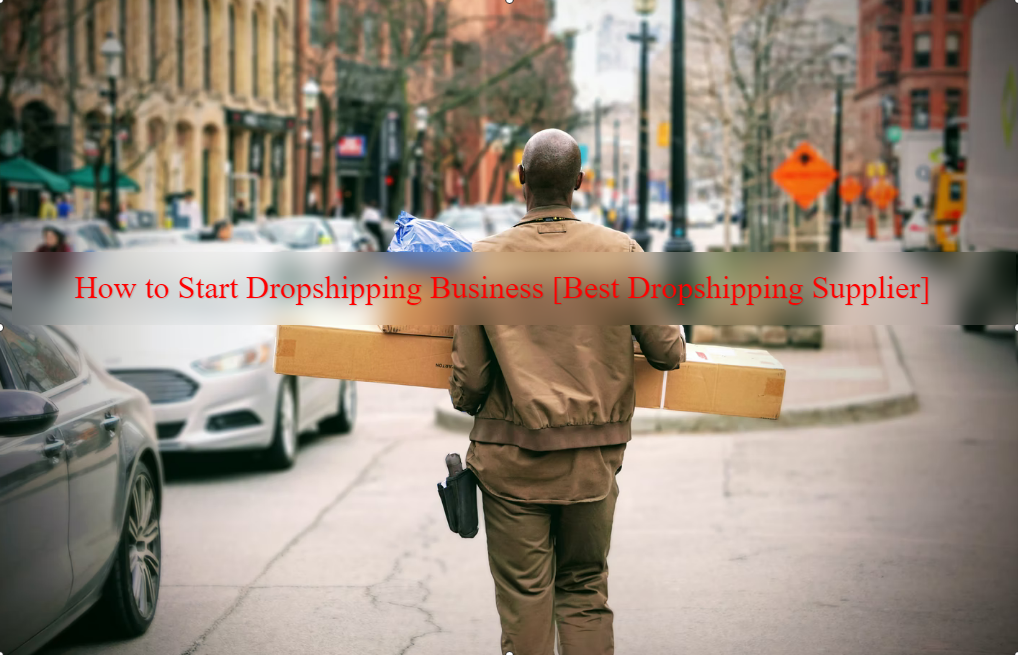B2Broker Enters The EU Market With A Multi-Asset Liquidity Provider Regulated By CySEC
With the acquisition of a stake in B2Prime, a Cyprus...
James Drake Reflects on the Findings of Drake Foundation Research Into Rugby-Related Head Impacts
Over recent years, several retired rugby players have...
How does website design influence lead generation
Every website on the internet serves a goal, whether...
6 Questions you Should ask a Solar Panel Company before Installing Panels
It seems like the number of people investing in solar...
Majority Of UK Mortgage Applications Rejected – How To Ensure Yours Isn’t
British homeowners are £326,000 better off than...
The Importance Of Understanding South Korean Visa As A UK Citizen
The travel industry is without a doubt one of the biggest...
Top Tips for New Players Who Are Looking for a Reliable Game Online
Thanks to digitalization and modern technology we get to...
5 Crucial Tips for Travellers to Improve their Online Privacy While Traveling to the UK
Travelling was such a thing of the past ever since the...
How to Start Dropshipping Business
It’s not difficult to master how to start dropshipping...











 Bitcoin
Bitcoin  Ethereum
Ethereum  Tether
Tether  XRP
XRP  Solana
Solana  USDC
USDC  TRON
TRON  Lido Staked Ether
Lido Staked Ether  Cardano
Cardano  Avalanche
Avalanche  Toncoin
Toncoin